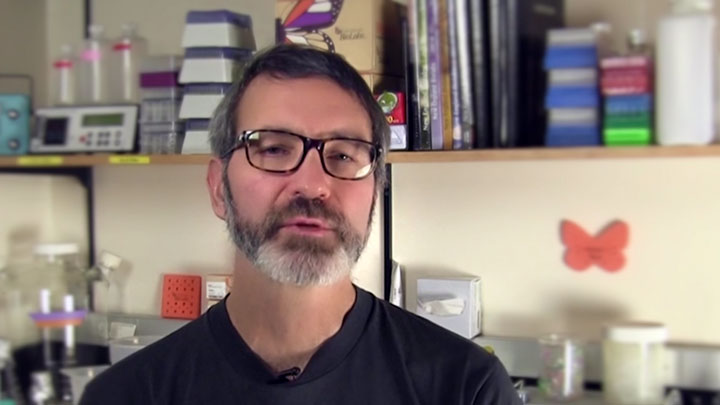Restriction Enzymes in Chromatin Conformation Capture
Script
What is chromatin conformation capture?
Chromatin conformation capture or 3C is a technique to study the septal organization of eukaryotic chromatin in a 3D context.
How can you use restriction enzymes in chromatin conformation capture?
3C technology would need chromatin fixation followed by restriction-enzyme digestion and ligation. And afterwards you have to isolate the DNA and perform quantitative PCR.
The restriction enzymes used are to digest the DNA protein complex from the chromatin. We always like for best cutting, restriction enzymes, which are also known as frequent cutters, and they should have insensitivity to CpG methylation, which are predominant in the eukaryotic genome.
What is the future of restriction enzymes in chromatin conformation capture?
3C technology has evolved over the past decade and a half to 4C, 5C, and Hi-C, and restriction enzymes will play a defining role in deciphering the 3D molecular structure of cancer genomes.
Related Videos
-

Restriction Enzymes in Optical Mapping -

Restriction Enzymes in Isothermal Amplification -

Listen to DAD (Data-optimized Assembly Design) when constructing high-complexity Golden Gate Assembly targets -

Restriction Enzymes in Droplet Digital PCR

